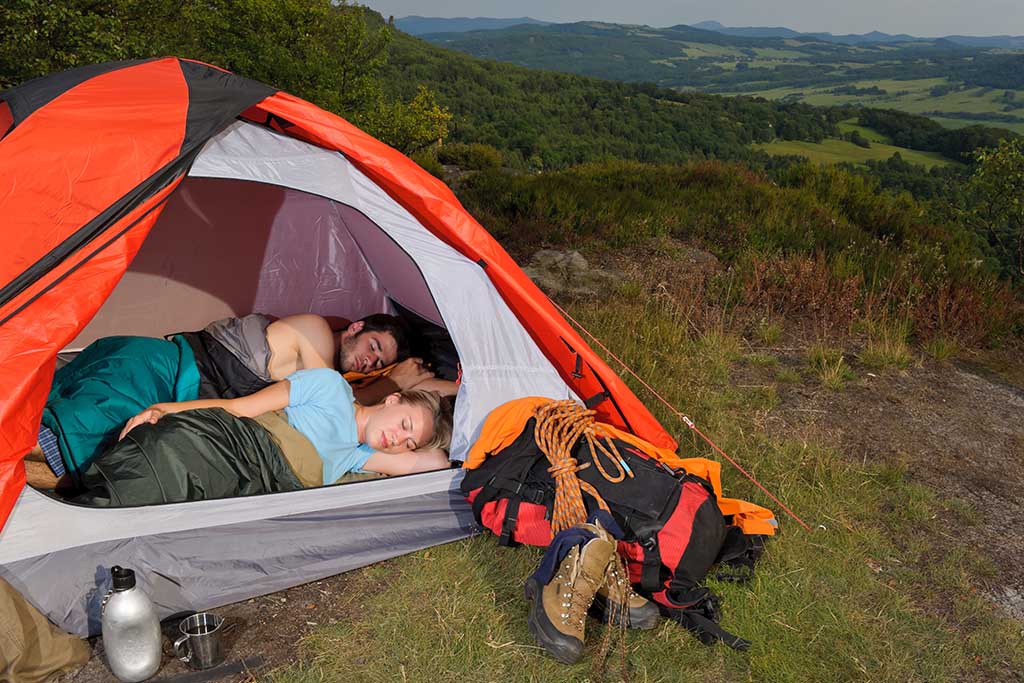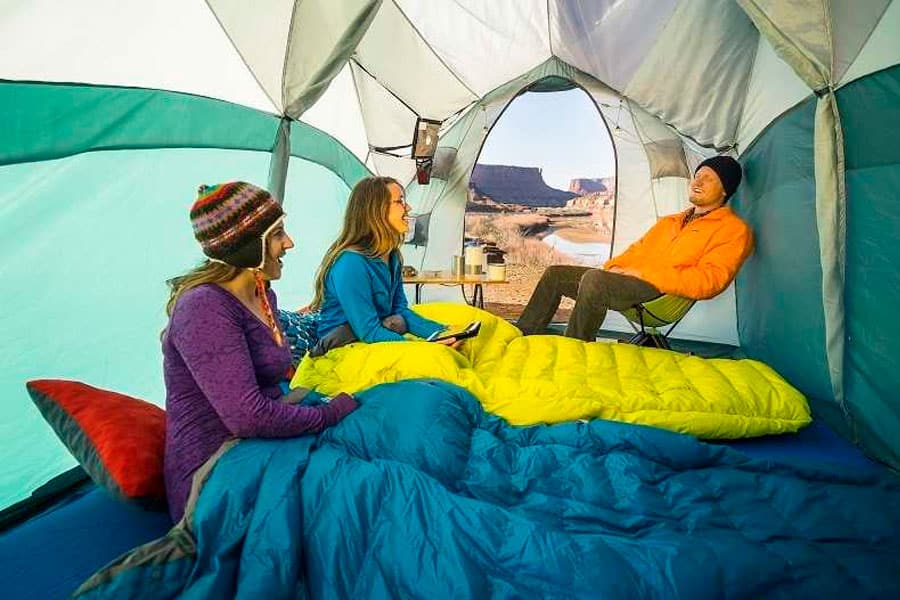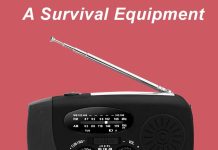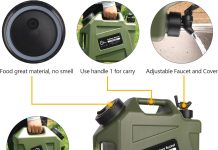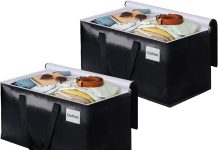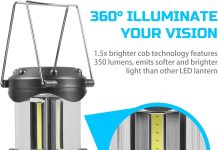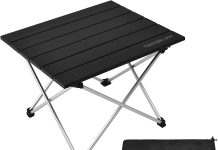When you embark on a camping adventure, have you ever wondered what you sleep with?
The choices might differ from the comfort of your home, but this article will take you through the essentials you need to have a cozy night’s sleep in the great outdoors.
From sleeping bags to inflatable mattresses, we’ve got you covered when it comes to ensuring a restful slumber under the stars.
Required Gear
Regarding camping, having the right gear can make all the difference in getting a good night’s sleep.
The three essential items for a comfortable rest are a sleeping bag, pad, and a tent. Let’s dive into these items to understand what to look for when choosing the best ones for your camping adventures.
Sleeping Bag
Your sleeping bag will be your cozy cocoon in the great outdoors, providing insulation and warmth. There are various factors to consider when choosing a sleeping bag.
Type and Design
Sleeping bags come in different designs, each suited for specific camping conditions. The most common types are mummy bags, which have a tapered shape to maximize warmth, and rectangular bags, which offer more room to move around. Consider the conditions you’ll be camping in and choose a design that suits your needs.
Temperature Rating
Temperature rating is crucial in determining the comfort level of your sleeping bag. Bags are usually categorized into three temperature ratings: summer, three-season, and winter. Make sure to match the temperature rating of your bag with the expected weather conditions during your camping trips.
Insulation Material
Sleeping bags are either filled with down or synthetic insulation. Down insulation is known for its excellent warmth-to-weight ratio, compressibility, and durability.
On the other hand, synthetic insulation performs better in wet conditions and is typically more affordable. Consider the trade-offs and choose the type of insulation that suits your camping style.
Size and Weight
Choosing the right size and weight for your sleeping bag is essential for convenience and comfort. If you’re backpacking, opting for a lightweight and compact bag is ideal. Also, consider the length and width of the bag to ensure a good fit. Please take note of the packed size to ensure it fits in your backpack without taking up too much space.
Sleeping Pad
While a sleeping bag provides insulation from the ground, a sleeping pad adds cushioning and comfort. It also acts as insulation, keeping you warm during chilly nights. Here are some factors to consider when choosing a sleeping pad.
Types of Sleeping Pads
Sleeping pads come in two main types: inflatable and foam. Inflatable pads are lightweight and compact, making them great for backpacking. Foam pads, on the other hand, offer more durability and insulation but are bulkier. Consider your camping style and preferences when deciding between inflatable and foam.
Thickness and R-Value
The thickness of a sleeping pad impacts its comfort level. Thicker pads provide more cushioning and support. Another essential factor is the R-value, which measures the pad’s insulation properties.
A higher R-value signifies better insulation, keeping you warmer during colder nights. Before purchasing, consider the expected temperature ranges you’ll be camping in and choose a pad with an appropriate thickness and R-value.
Inflatable vs. Foam Pads
Both inflatable and foam pads have their advantages and disadvantages. Inflatable pads offer superior comfort and insulation while being lightweight and compact.
However, they are more prone to punctures. Foam pads, although bulkier, are more durable and better suited for rough terrains. Consider the trade-offs and choose the type that aligns with your camping needs and preferences.
Size and Weight
Similar to sleeping bags, the size and weight of your sleeping pad are crucial for portability. If you’re backpacking, a lightweight and compact pad is recommended.
Make sure to consider the pad’s length and width to ensure a comfortable fit. Remember the packed size to ensure it easily fits into your camping gear.
Tent
A reliable tent provides shelter from the elements and serves as your home away from home while camping. Here are the key factors to consider when selecting a tent.
Tent Type and Design
Tents come in various types and designs, including dome, tunnel, and cabin-style tents. Dome tents are typically lightweight and easy to set up, making them popular for backpacking.
Tunnel tents provide more interior space and stability, while cabin-style tents offer the most headroom and comfort. Consider your camping needs and preferences when choosing which type and design suits you best.
Capacity
The capacity of a tent refers to the number of people it can accommodate. Choosing a tent that comfortably fits you and your camping companions is essential. Remember that the stated capacity may not leave much room for gear storage, so consider opting for a larger capacity if you prefer more space in the tent.
Weather Resistance
Before purchasing a tent, consider the weather conditions you’ll be camping in. Look for tents with a high waterproof rating to withstand heavy rain. Additionally, tents with solid wind resistance features, such as sturdy poles and guy lines, are essential for withstanding gusty conditions. Always prioritize a tent’s ability to protect you from the elements.
Ease of Setup
Setting up and taking down your tent should be straightforward and hassle-free. Look for tents with straightforward instructions and intuitive designs that make setup and takedown quick and efficient. This will save you time and energy, allowing you to focus on enjoying your camping experience.
Optional Accessories
While a sleeping bag, sleeping pad, and tent are the essential items for a camping trip, a few optional accessories can enhance your comfort even further. Let’s explore these accessories to see if they’re the right fit for your camping needs.
Pillow
Having a comfortable pillow can significantly enhance your sleep quality while camping. Pillows generally come in two types: inflatable and foam. Inflatable pillows are lightweight and pack down small, making them ideal for backpacking.
Foam pillows offer more comfort but may take up more space in your camping gear. Consider the trade-offs and choose a pillow that suits your preferences.
Sleeping Bag Liner
Sleeping bag liners are thin sheets that can be inserted into your sleeping bag to provide an extra layer of warmth and protection.
They also help keep your sleeping bag clean by blocking your body and the bag. Choose a liner made of a material that is comfortable and suitable for the expected temperatures during your camping trips.
Camping Cot
A camping cot elevates you off the ground, providing extra comfort and insulation. Cots come in various designs, including lightweight and portable options for backpacking.
Consider the comfort level, portability, and weight capacity of the cot when selecting one. If you prefer sleeping off the ground, a camping cot might be a great addition to your camping gear.
Other Considerations
While the right gear is essential for a good night’s sleep, there are a few additional factors to consider when aiming for maximum comfort while camping.
Sleeping Clothes
Choosing the right clothes for sleeping can significantly enhance your comfort level. Opt for moisture-wicking and breathable fabrics that keep you dry and comfortable overnight. Layering your clothing can also help regulate your body temperature, ensuring a more restful sleep.
Sleeping Position
Consider your preferred sleeping position when choosing a sleeping bag and sleeping pad. If you tend to sleep on your side, look for a broader, more cushioned sleeping pad. A mummy bag might be more suitable if you prefer sleeping on your back or stomach. Prioritizing your preferred sleeping position will contribute to a better night’s sleep.
Sleeping with a Partner
If you’ll be camping with a partner, a few options exist for sharing a sleeping space.
Double Sleeping Bag
A double sleeping bag is an excellent option for couples sharing a cozy sleeping space. These bags are designed with dual-sided zippers, allowing each person to enter and exit the bag independently. Double sleeping bags provide a comfortable option for snuggling up under the stars.
Separate Sleeping Bags
If you and your partner prefer individual sleeping spaces, separate sleeping bags might be the better choice.
This way, you both have the freedom to choose a bag that suits your preferences regarding temperature rating and insulation material. Separate sleeping bags offer the flexibility to cater to each person’s comfort needs.
Tent Size and Configuration
When camping with a partner, choose a tent that comfortably accommodates both of you. Consider the tent’s dimensions and the space you need for you and your gear.
Additionally, look for a tent that provides privacy, such as one with dividers or separate sleeping compartments. A tent that suits your sleeping needs as a couple will contribute to a better camping experience overall.
With the right gear and considerations, you can create a comfortable and cozy sleeping setup for your camping adventures.
Whether you’re backpacking in the mountains or car camping by the beach, choosing the right sleeping bag, sleeping pad, tent, and any optional accessories will ensure a restful and enjoyable night under the stars. Happy camping!



